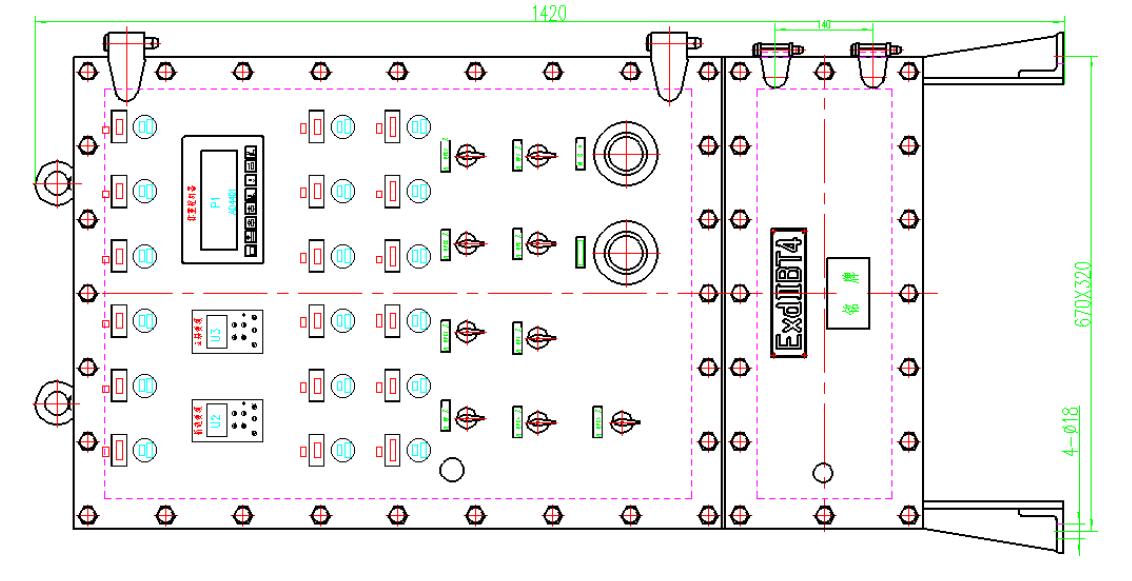
1. Based on the characteristics, structure, and usage of explosion-proof electrical products, combined with basic knowledge of explosion-proof and the provisions of explosion-proof standards, comprehensively analyze the explosion-proof type of product design. What kind of explosion-proof type is more suitable and economical. For example, an explosion-proof flashlight belongs to mobile electrical equipment. If it is used in a Zone 0 area, it can only be made into an intrinsic safety type IA. The product must limit its energy, and the illuminance will be lower. If used in Zone 1 locations, it can be made into explosion-proof type D, intrinsic safety type IA or IB. When high illumination is required, it is easy to achieve the goal by making it an explosion-proof type.

2. After determining the explosion-proof type, design the product structure according to the corresponding explosion-proof standards. If it is an explosion-proof type, it must comply with the relevant provisions of GB3836.1 and GB3836.2. Taking explosion-proof flashlights as an example: for those designed as explosion-proof, the preferred material for the shell should be determined. The plastic shell should comply with the provisions of Chapter 7 of GB3836.1, and the shell containing light metal should comply with the provisions of Chapter 8 of GB3836.1. Should the structure be determined according to the provisions of GB3836.2 to choose a flat joint surface? Sealing joint surface? Screw joint surface or other joint surfaces? The lamp head and tail of explosion-proof flashlights are prone to use threaded joint surfaces, and the glass should be tempered glass, which can withstand the impact energy of 4J.
Service hotline: 18924609560 (same WeChat account)